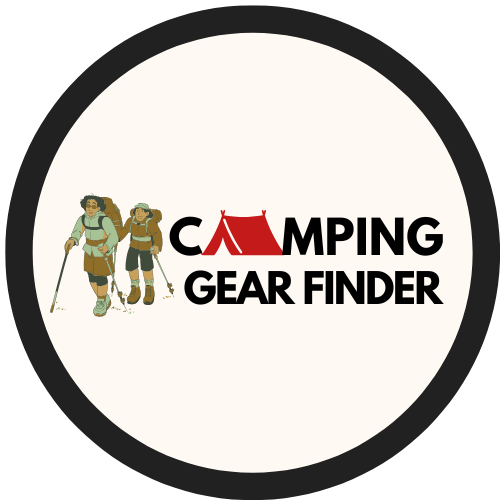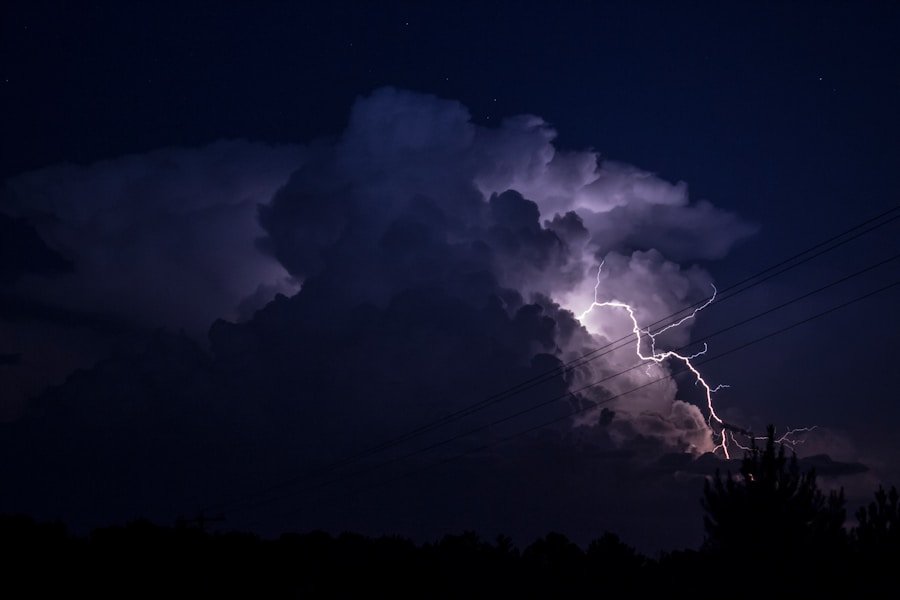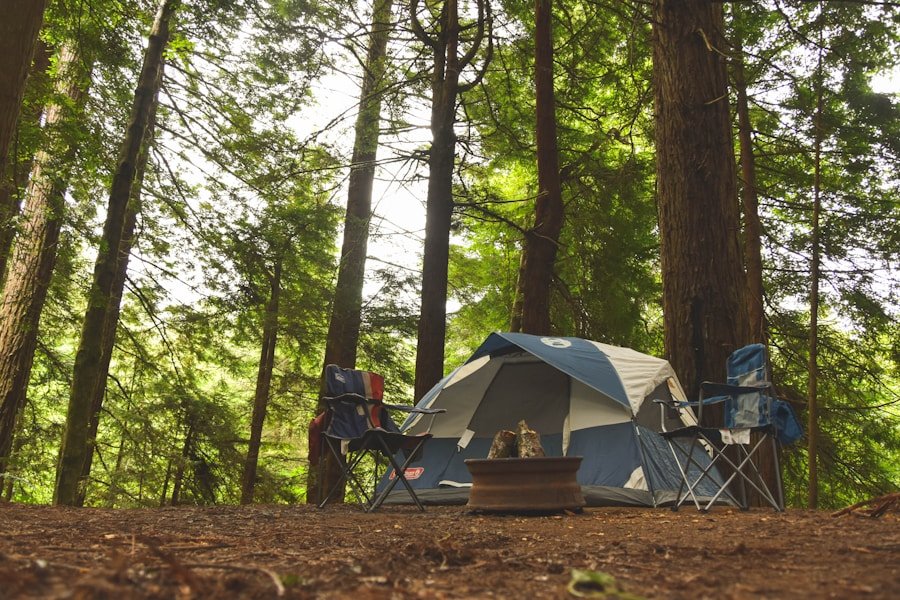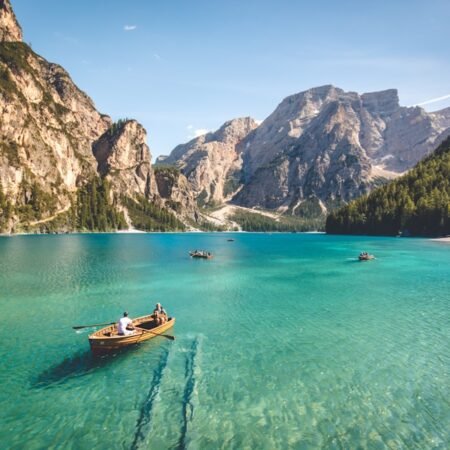When choosing a hydration pack for camping, one of the key features to consider is the capacity and size of the pack. The capacity of the pack will determine how much water and gear you can carry with you on your camping trip. If you are planning on going on long hikes or spending multiple days in the wilderness, you will want a hydration pack with a larger capacity to ensure you have enough water to stay hydrated.
On the other hand, if you are only planning on doing short day hikes, a smaller capacity pack may be more suitable. Additionally, the size of the pack is important to consider, as you want to make sure it fits comfortably on your back and does not hinder your movement. It’s important to find a balance between capacity and size to ensure you have enough water and gear without feeling weighed down or restricted.
When it comes to capacity and size, it’s important to consider the specific needs of your camping trip. If you are planning on camping in a hot and dry climate, you may need a larger capacity pack to ensure you have enough water to stay hydrated. On the other hand, if you are camping in a cooler climate or near a water source, a smaller capacity pack may be sufficient.
Additionally, the size of the pack should be comfortable and fit well on your back. Look for a pack with adjustable straps and a padded back panel to ensure a comfortable fit. It’s also important to consider the overall size and shape of the pack to ensure it will not hinder your movement while hiking or camping.
Key Takeaways
- Capacity and Size: Consider the amount of water you need and the length of your camping trips when choosing a hydration pack.
- Comfort and Fit: Look for adjustable straps and padding to ensure a comfortable and secure fit.
- Hydration System: Choose between a bladder or bottle system, and consider the ease of access and cleaning.
- Storage and Organization: Look for pockets and compartments to store essentials like snacks, sunscreen, and a first aid kit.
- Durability and Material: Consider the quality of the pack’s material and construction to ensure it can withstand rugged outdoor use.
Comfort and Fit
Another important feature to consider when choosing a hydration pack for camping is the comfort and fit of the pack. Since you will be wearing the pack for extended periods of time while hiking and camping, it’s important to find a pack that is comfortable to wear and fits well on your body. Look for a pack with adjustable straps and a padded back panel to ensure a comfortable fit.
Additionally, consider the overall design and shape of the pack to ensure it will not cause any discomfort or chafing while hiking. When it comes to comfort and fit, it’s important to consider your specific body type and preferences. Look for a pack that is designed to fit your body shape and size, with adjustable straps and a customizable fit.
Additionally, consider the overall weight distribution of the pack to ensure it will not cause any strain or discomfort on your back and shoulders. It’s also important to consider any additional features that may contribute to the overall comfort of the pack, such as a ventilated back panel or padded shoulder straps.
Hydration System
The hydration system is another key feature to consider when choosing a hydration pack for camping. The hydration system includes the reservoir or bladder that holds the water, as well as the hose and bite valve that allow you to drink from the reservoir while on the go. When choosing a hydration pack, it’s important to consider the size and capacity of the reservoir, as well as the ease of use of the hose and bite valve.
Look for a reservoir with a large enough capacity to hold an adequate amount of water for your camping trip, and make sure the hose and bite valve are easy to access and use while hiking. When it comes to the hydration system, it’s important to consider any additional features that may contribute to the overall functionality and convenience of the pack. Look for a reservoir with a wide opening for easy filling and cleaning, as well as a quick-release hose for easy refilling on the go.
Additionally, consider any insulation or protection features that may help keep your water cool and prevent leaks or spills while hiking. It’s also important to consider the overall durability and reliability of the hydration system to ensure it will hold up to extended use in the wilderness.
Storage and Organization
| Key Features | Description |
|---|---|
| Capacity | The size of the hydration pack, measured in liters, should be sufficient to carry enough water for the duration of your camping trip. |
| Comfort | Look for padded shoulder straps, adjustable chest and waist straps, and breathable materials to ensure a comfortable fit during long hikes. |
| Hydration System | Consider the type of hydration system, such as a reservoir or water bottles, and the ease of access to the drinking tube. |
| Storage | Additional pockets and compartments for storing essentials like snacks, sunscreen, and a first aid kit can be crucial for camping trips. |
| Durability | Choose a hydration pack made of sturdy, water-resistant materials to withstand the rigors of outdoor activities. |
| Insulation | If camping in extreme temperatures, insulation in the hydration pack can help keep water cool in hot weather or prevent freezing in cold conditions. |
Storage and organization are important features to consider when choosing a hydration pack for camping. The pack should have enough storage space to carry all of your essential gear, such as snacks, sunscreen, a first aid kit, and any other items you may need while hiking or camping. Look for a pack with multiple compartments and pockets to help keep your gear organized and easily accessible while on the go.
Additionally, consider any additional features that may contribute to the overall storage and organization of the pack, such as compression straps or external attachment points for gear like trekking poles or a sleeping pad. When it comes to storage and organization, it’s important to consider your specific gear needs and preferences. Look for a pack with enough storage space to carry all of your essential gear, as well as any additional features that may help keep your gear organized and easily accessible while hiking or camping.
Additionally, consider the overall design and layout of the pack to ensure it will accommodate your specific gear needs and preferences. It’s also important to consider any additional features that may contribute to the overall functionality and convenience of the pack, such as external pockets for easy access to snacks or a dedicated compartment for a first aid kit.
Durability and Material
Durability and material are important features to consider when choosing a hydration pack for camping. The pack should be made from high-quality materials that can withstand extended use in the wilderness, including abrasion-resistant fabrics and durable zippers and buckles. Look for a pack with reinforced stitching and seams to ensure it will hold up to extended use while hiking and camping.
Additionally, consider any additional features that may contribute to the overall durability and reliability of the pack, such as a water-resistant coating or reinforced bottom panel. When it comes to durability and material, it’s important to consider the specific conditions you will be camping in. If you are planning on camping in rugged terrain or inclement weather, you will want a pack made from durable materials that can withstand these conditions.
Look for a pack with high-quality materials that are designed to hold up to extended use in these conditions, as well as any additional features that may contribute to the overall durability and reliability of the pack. Additionally, consider any warranty or guarantee offered by the manufacturer to ensure you are getting a high-quality product that will hold up over time.
Weight and Portability
Weight and portability are important features to consider when choosing a hydration pack for camping. The pack should be lightweight and easy to carry, especially if you will be hiking long distances or carrying heavy gear. Look for a pack with lightweight materials and minimal hardware to help reduce overall weight without sacrificing durability or functionality.
Additionally, consider any additional features that may contribute to the overall portability of the pack, such as a stowable design or removable components that can help reduce overall weight when necessary. When it comes to weight and portability, it’s important to consider your specific hiking and camping needs. If you will be hiking long distances or carrying heavy gear, you will want a lightweight and portable pack that is easy to carry.
Look for a pack with minimal hardware and lightweight materials that can help reduce overall weight without sacrificing durability or functionality. Additionally, consider any additional features that may contribute to the overall portability of the pack, such as a stowable design or removable components that can help reduce overall weight when necessary. It’s also important to consider any additional features that may contribute to the overall functionality and convenience of the pack while hiking or camping.
Additional Features
In addition to the key features mentioned above, there are several additional features to consider when choosing a hydration pack for camping. These features can enhance the overall functionality and convenience of the pack while hiking and camping in the wilderness. Look for packs with additional features such as ventilated back panels for increased airflow, padded shoulder straps for added comfort, and reflective details for increased visibility in low-light conditions.
Additionally, consider any additional features that may contribute to the overall functionality and convenience of the pack, such as external attachment points for gear like trekking poles or a sleeping pad. When it comes to additional features, it’s important to consider your specific hiking and camping needs. Look for packs with additional features that can enhance your overall experience while hiking and camping in the wilderness.
Consider any specific gear needs or preferences you may have, as well as any additional features that may contribute to the overall functionality and convenience of the pack. It’s also important to consider any warranty or guarantee offered by the manufacturer to ensure you are getting a high-quality product with all of the additional features you need for your camping trip. In conclusion, there are several key features to consider when choosing a hydration pack for camping.
These features include capacity and size, comfort and fit, hydration system, storage and organization, durability and material, weight and portability, as well as additional features. By carefully considering each of these features in relation to your specific hiking and camping needs, you can find a hydration pack that will enhance your overall experience in the wilderness while keeping you hydrated and comfortable on your outdoor adventures. Whether you are planning on going on long hikes or spending multiple days in the wilderness, finding the right hydration pack is essential for staying hydrated and enjoying your time in nature.
FAQs
What is a hydration pack?
A hydration pack is a type of backpack or waist pack that includes a built-in water reservoir and a drinking tube, allowing the user to conveniently drink water while on the move, such as during camping, hiking, or other outdoor activities.
What are the key features to consider when choosing a hydration pack for camping?
When choosing a hydration pack for camping, it is important to consider factors such as the capacity of the water reservoir, the material and construction of the pack, the comfort and fit of the pack, additional storage space for gear and essentials, and the ease of cleaning and maintenance.
What is the ideal water reservoir capacity for a camping hydration pack?
The ideal water reservoir capacity for a camping hydration pack depends on the individual’s water needs and the duration of the camping trip. Typically, a reservoir capacity of 2 to 3 liters is suitable for most camping activities.
What materials are commonly used in the construction of hydration packs?
Hydration packs are commonly constructed using durable and lightweight materials such as nylon, polyester, and ripstop fabrics. These materials are chosen for their ability to withstand outdoor conditions and provide long-lasting performance.
Why is the comfort and fit of a hydration pack important for camping?
The comfort and fit of a hydration pack are important for camping as it ensures that the pack can be worn for extended periods without causing discomfort or strain on the wearer’s body. Proper fit and padding help distribute the weight of the pack evenly and prevent chafing or rubbing.
What additional storage features should be considered in a camping hydration pack?
When choosing a hydration pack for camping, it is beneficial to consider additional storage features such as pockets, compartments, and attachment points for carrying essential gear, snacks, and other camping necessities. This allows for easy access to items without having to remove the pack.













